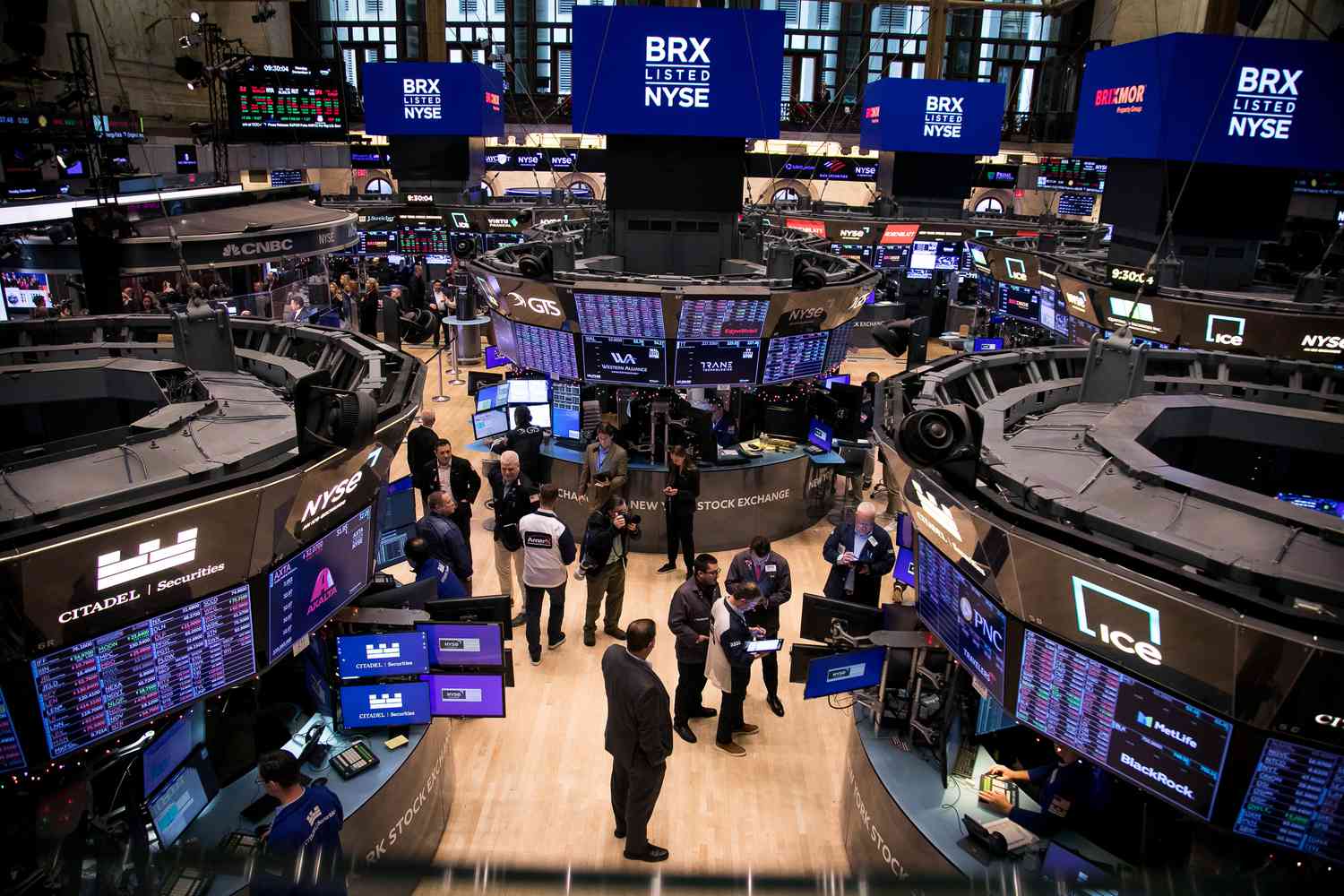Market news, earnings week, TikTok, Tesla, US GDP, opinions of former Fed Chairman Bernanke

- The busiest reporting week of the quarter begins. Plus a report on US GDP for the 1st quarter. And the market is in a zone of high turbulence.
- TikTok is going to fire its chief consultant for failing to lobby in the US. The company also expresses concerns about freedom of speech in connection with a bill passed by the House of Representatives that could ban the app in the States.
- Tesla (TSLA) has cut the price of its Full Self-Driving (FSD) driver assistant software to $8,000 from $12,000 in the US
as Musk seeks to double the pace of development of self-driving technology. Tesla is also reducing prices on some models in Germany and other countries in Europe, the Middle East and Africa by $2 thousand.
- The cost of video cards continues to fall. 3DCenter has discovered that the situation has reached a point where all models in the current AMD and Nvidia lines, at least in Germany, are available for less than the recommended retail price (RRP), and often even cheaper than in the United States.
- Salesforce (CRM) and Informatica (INFA) cannot agree on the terms of the deal. The companies were unable to agree on a price. Wall Street analysts have expressed concern about the deal, fearing it indicates Salesforce is returning to a growth strategy rather than maximizing profitability. It could also mark a return to Salesforce's old M&A habits, which had a controversial track record and drew the ire of activist shareholders last year.
- Earnings reports from some of the market's biggest technology and growth companies expected next week could be a major test of the U.S. stock market rally. Which has weakened with lower expectations for interest rate cuts.
- This week, 158 companies from the S&P 500 with a total capitalization of $16.5 trillion (37% of the index) and 11 companies from the DJI 30
will report. This includes MSFT, GOOG, META, V, XOM, TSLA, MRK, CVX, ABBV and PEP. Let me remind you that MSFT, GOOG and META (as well as AMZN) were the last ones standing strong from the “Magnificent Seven”. If they cannot resist a sharp fall after the reports, then the “Seven” can be forgotten and the market will begin to look for another “toy”.
- The S&P 500 closed below 5,000 on Friday, its first close below that level since late February
- Preliminary first-quarter US GDP will be released on Thursday. And on Friday - the March indicator of US household spending and income, as well as PCE inflation. It is this type of inflation that the Fed primarily looks at. Economists expect Core PCE to be 2.7% y/y in March, down from 2.8% y/y in February. "If core purchasing power parity inflation is around 0.25% [on a monthly basis] in March and April, then on an annual basis it will slow from 2.8% to 2.6%, which will give the Fed cover to begin a "gradual" interest rate cuts starting in June or July," Citi economist Andrew Hollenhorst wrote in a note to clients.
- Bernanke's view (former Fed Chairman): The Federal Reserve is stuck in a mode of forecasting and public communication that looks increasingly limited, especially as the economy continues to throw up surprises. The problem is not the forecasts themselves, although they are often wrong.
Rather, the problem is that focusing on a central forecast—for example, three interest rate cuts in 2024—in an economy still reeling from the post-pandemic shock does not provide enough information about the likely range of consequences.
The rate forecast presented last month already looks outdated amid a new wave of inflation.
An alternative method that is starting to gain traction is called scenario analysis, which involves identifying a range of likely risks to a baseline and how the central bank might respond to them. This tactic becomes especially useful during times of high economic uncertainty.



















